Akitu Table Display
The Holy Bible:
To recognize and honor the religion of modern day Assyrians, and to show continuity as a living culture, start with a Holy Bible on the table.
Tree of Life:
Acquire a young tree in a small pot; add on your table spread. At the conclusion of the 12 days Akitu Festival, the family may plant the tree together in honor of a departed loved one.
Fire/Flame:
Lite a fire/candle to symbolize the lengthening of days. The candle shall be kept alight until the wee hours of dawn.
Water Bowl and Flowers:
Place frozen flowers in a bowl and let them melt; when the flowers are released from their icy enclosure, it could symbolizing the change of the seasons.
Nisan’s Beard:
Gather herbs and tie them in a red handkerchief into a bundle; call it diqna d-Nisan or Nisan’s Beard. Either hang the bundle upside down from the front door or display it on Akitu table.
Food:
- Fruit: Display seven types of fruits (such as apples, oranges, pear, figs, grapes, dates, and pomegranates).
- Nuts: Display seven types of seeds and nuts (such as pistachios, cashews, walnuts, almonds, sunflower seeds, pumpkin seeds, and chickpeas).
- Eggs: Dye 7 eggs red and display them on the table.
- Wine, Oil, and Honey: Were served at ancient Assyrian kings palace banquets; these items could be added to Akitu table display.
- Multigrain bread: Represents the ancient agricultural roots.
- Barley Cookies: Barley was the main crop at ancient Mesopotamia.
- Baklava: Originated by ancient Assyrians.
